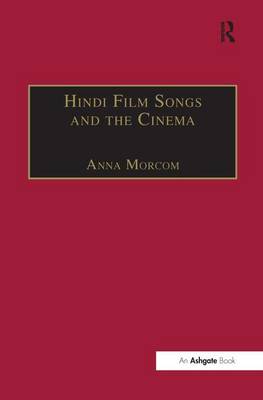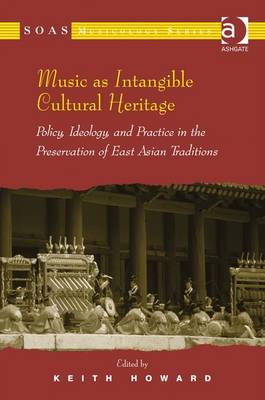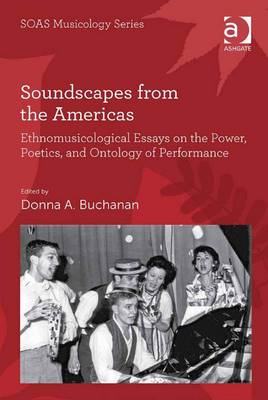SOAS Musicology
3 total works
Music as Intangible Cultural Heritage
Focussing on music traditions, these essays explore the policy, ideology and practice of preservation and promotion of East Asian intangible cultural heritage. For the first time, Japan, Korea, China and Taiwan - states that were amongst the first to establish legislation and systems for indigenous traditions - are considered together. Calls to preserve the intangible heritage have recently become louder, not least with increasing UNESCO attention. The imperative to preserve is, throughout the region, cast as a way to counter the perceived loss of cultural diversity caused by globalization, modernization, urbanization and the spread of the mass media. Four chapters - one each on China, Korea, Taiwan and Japan - incorporate a foundational overview of preservation policy and practice of musical intangible cultural heritage at the state level. These chapters are complemented by a set of chapters that explore how the practice of policy has impacted on specific musics, from Confucian ritual through Kam big song to the Okinawan sanshin. Each chapter is based on rich ethnographic data collected through extended fieldwork. The team of international contributors give both insider and outsider perspectives as they both account for, and critique, policy, ideology and practice in East Asian music as intangible cultural heritage.
Soundscapes from the Americas
Dedicated to the late Gerard Behague (1937-2005), whose pioneering work in Latin American music, popular culture, and performance studies contributed extensively to ethnomusicological discourse in the 1970s-1990s, this anthology offers comparative perspectives on the evolving legacy of performance ethnography in socio-musical analysis. President of the Society for Ethnomusicology from 1979-81, editor of its journal, Ethnomusicology, from 1974-78, and founder and editor of the trilingual Latin American Music Review from 1980 until his death, Behague also established the ethnomusicology graduate program at the University of Texas at Austin in 1974, thereby influencing the training and thinking of dozens of the field's practitioners. Among these are the volume's eight authors, whose contributions reflect the heritage but also contemporary trajectories of Behague's scholarly concerns. Prefaced by an essay outlining key developments in the ethnography of performance paradigm, the volume's seven case studies portray snapshots of musical life in representative communities of the Americas, including the southwestern and Pacific United States, Puerto Rico, Bolivia, Chile, Cuba, and Ecuador. Situated in milieus ranging from the indigenous festivals of the Andean highlands, to the competitive public gatherings of poet-singers in post-Pinochet Chile, to the Puerto Rican dance halls of the Hawaiian islands, these studies pose anthropological inquiries into the ontology of performance practice, the social power of poetic performativity, and the experience and embodiment of sound in place.


